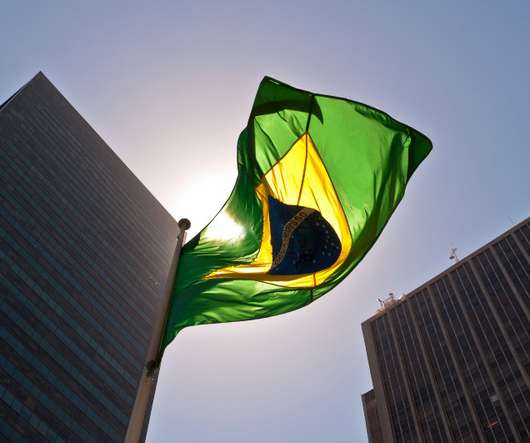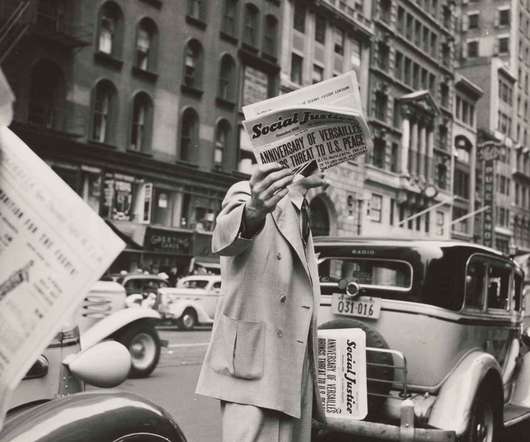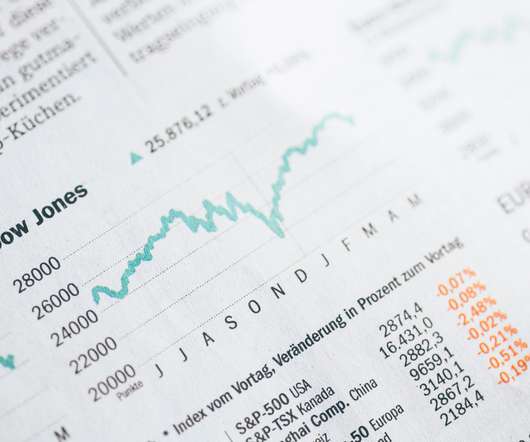How President Lula da Silva should help the poor in Brazil this time?
Christensen Institute
NOVEMBER 17, 2022
When he served as Brazil’s 35th president from 2003 to 2010, the country was experiencing an economic boom. GDP almost quadrupled from $558 billion in 2003 to $2.2 In our paper, Leveraging market-creating innovations to solve Brazil’s education paradox , we highlight two main development strategies, push and pull.


















Let's personalize your content